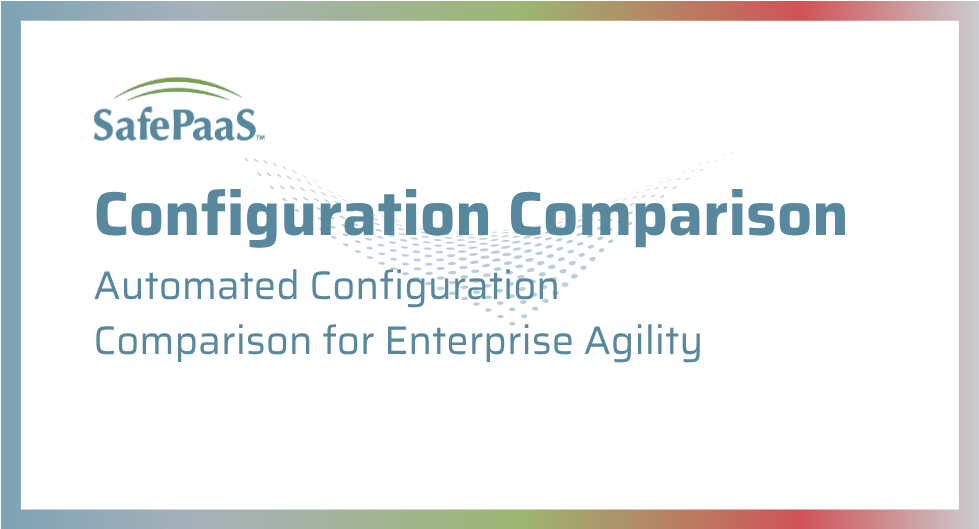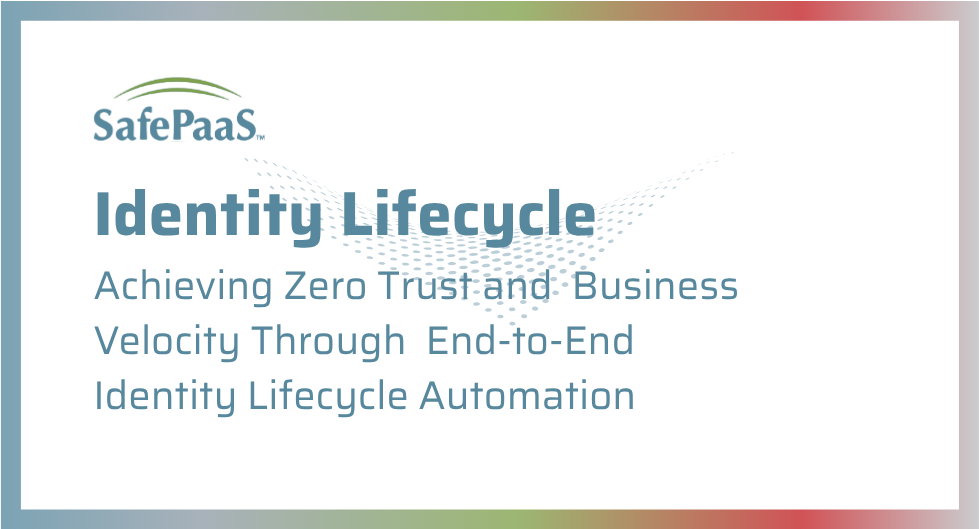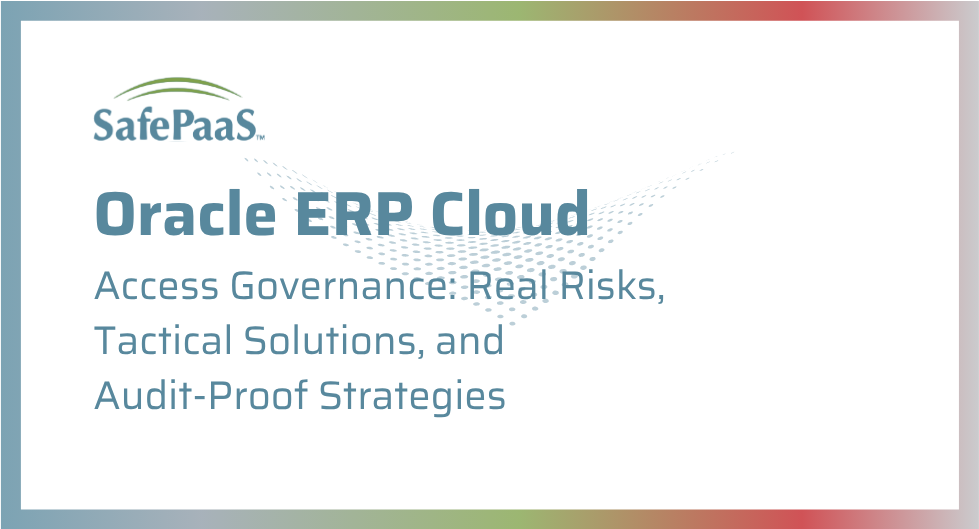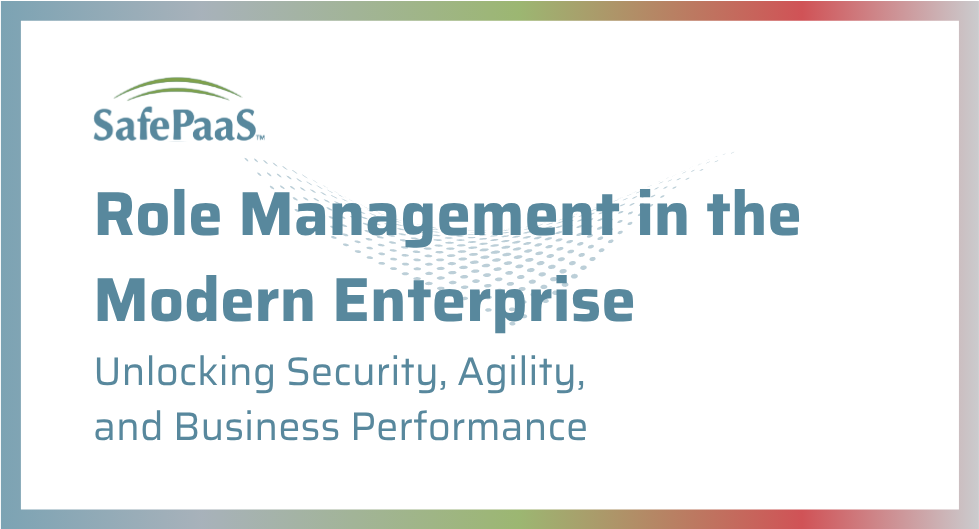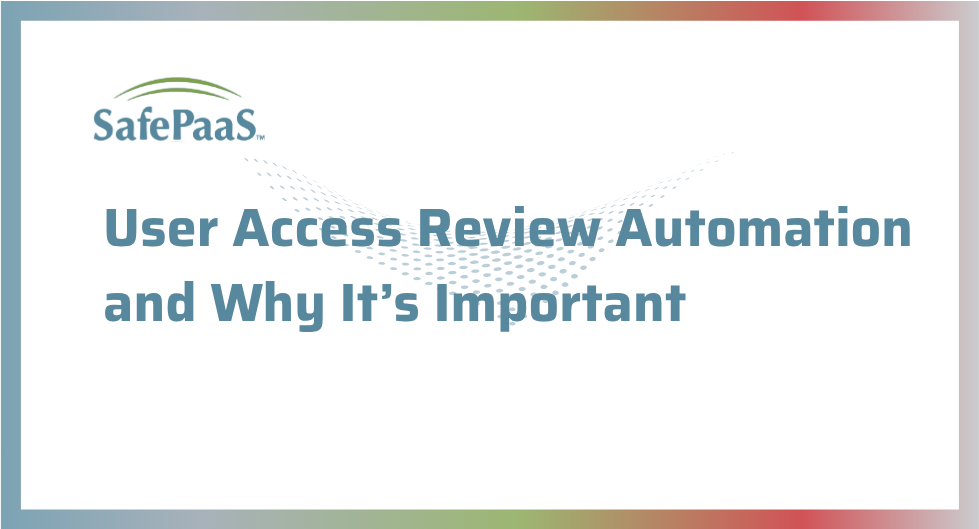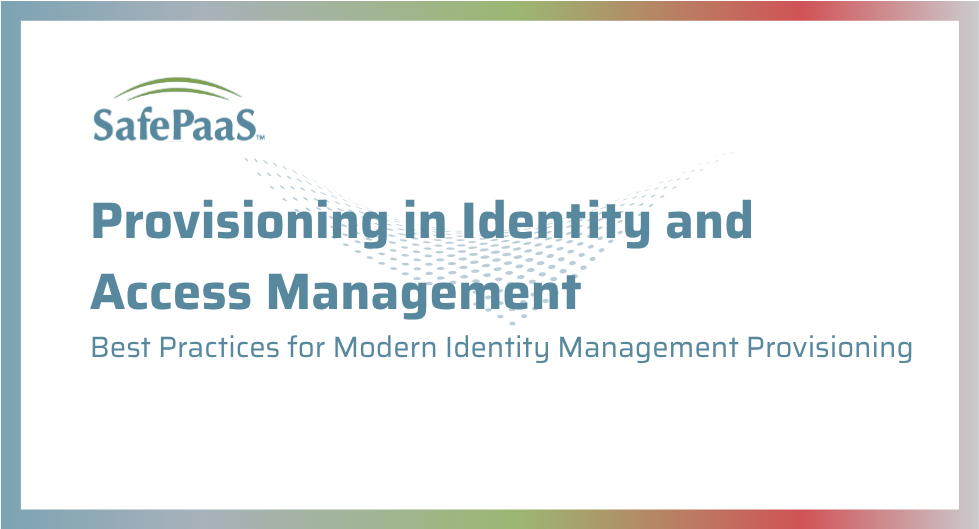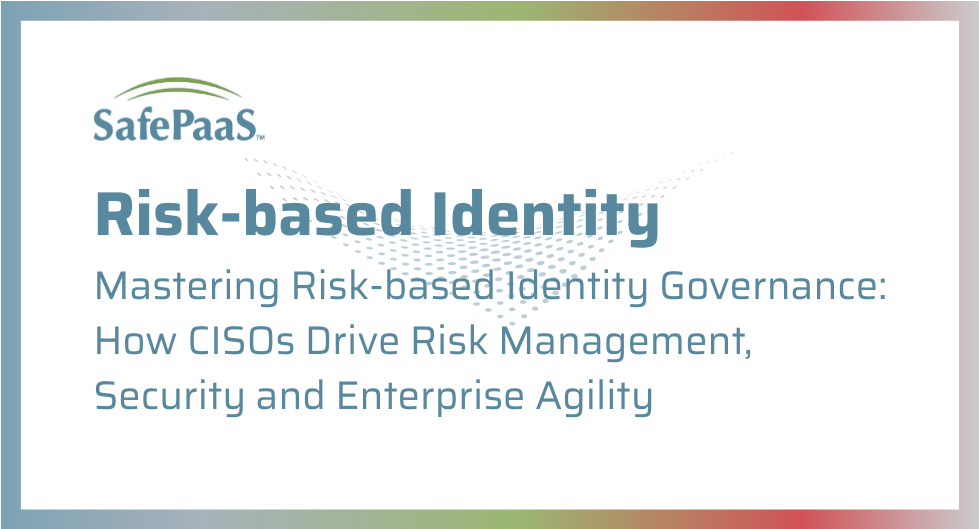Achieving Security and Audit Confidence
Every upgrade, integration, and expansion in the organization’s IT landscape is a high-wire act. Business ERP platforms, cloud apps, and hybrid infrastructure never stop changing. Each week introduces new updates, applications, and connections—each change promising progress but also carrying hidden risk. Even the smallest misalignment in configuration can trigger downtime, vulnerabilities, or failed audits. Manual checks and static baselines can no longer keep pace with today’s expanding complexity.
This guide empowers enterprises to break free from outdated, reactive methods. Discover how automating configuration comparison delivers real-time visibility, continuous alignment, and proactive remediation to unlock rapid delivery, bulletproof security, and audit confidence. Each chapter exposes the business impact and shares evaluation criteria to future-proof your transformation initiatives.
Why Configuration Comparison Matters
Enterprise IT infrastructures are shifting mosaics of ERP platforms, cloud apps, and hybrid deployments where change is constant and every patch introduces risk. Small missteps, such as misaligned configurations or undocumented changes, can escalate into outages, vulnerabilities, or audit failures. Manual reconciliation is slow, error-prone, and unsustainable.
Today’s SDLC cycles are typically composed of multiple environments (e.g., DEV, QA, TRAIN, PROD) that are required for promoting changes safely into production. This multi-environment context means inconsistencies and configuration drift between environments can easily occur if not proactively managed. Application lifecycle management should be supported with controls that maintain alignment throughout development, testing, and deployment.
Automation transforms configuration management from a technical back-end function into a strategic pillar for enterprise agility, resilience, and trust. Continuous comparison and monitoring enable proactive control, enforce baselines, and free IT teams for innovation.
The Hidden Costs of Configuration Discrepancies
Misaligned configurations drive business downtime, deployment failures, security blind spots, and painful audit delays. Manual spot-checks and static baselines offer only a false sense of security. Today’s enterprises require real-time, continuous configuration alignment to avoid costly disruption.
Discrepancies are rarely detected until a critical moment—a failed rollout, a tough audit, or a system outage. Reactive reconciliation costs far more than prevention. Automated comparison shields organizations from these risks, detecting and remediating discrepancies before they escalate.
Time, Cost, and Risk
Manual configuration tasks waste 40-50% of IT labor and are the root of roughly 30% of critical defects. Downtime resulting from configuration errors can cost millions per hour.
Automation reduces audit preparation by 60-70%, boosts labor efficiency, and slashes risk. Continuous monitoring provides real-time oversight on thousands of configuration touchpoints, catching problems as they occur. Baseline enforcement and early detection shift remediations upstream in the software development lifecycle, transforming disasters into routine corrections.
Automation delivers:
- Release cycles up to 50% faster
- 40–50% savings on manual IT labor
- Up to 40% reduction in security gaps and downtime
- Rapid audit preparation with continuous evidence tracking
The Automation Advantage
Imagine configuration checks running in the background: issues flagged instantly, environments synchronized seamlessly, and audit logs prepared automatically.
Patch Analysis
Patch analysis, comparing changes across instances of DEV, TEST, and PROD during upgrades or maintenance windows, is crucial for identifying vendor-seeded configuration changes, customizations, or accidental differences. Including patch analysis at the top of your configuration strategy ensures that breaking changes are found before they hit production.
Continuous monitoring provides real-time oversight on thousands of configuration touchpoints, catching problems as they occur. Baseline enforcement and early detection shift remediations upstream in the software development lifecycle, transforming disasters into routine corrections.
Advanced Comparison Use Cases
Automated configuration comparison delivers value by enabling direct, flexible, and multi-dimensional comparisons:
- Environment-to-Environment Comparison: Compare configurations between DEV, TEST, and PROD environments to spot deployment gaps and drift. Easily compare different business entities (Operating Units, Business Units, Ledgers) within or across environments.
- Version and Patch Comparison: During upgrades or patch cycles, compare configurations between old and new versions to spot vendor-seeded changes or accidental differences.
- Planned vs Actual Configuration: Document planned configurations and validate them against live, actual environments to catch issues before deployment and avoid compliance failures.
- Baselines and Historic Snapshots: Capture baseline configuration snapshots (“point-in-time copies”) and compare them to current or future states for forensic investigations (detailed comparison guide).
Flexible Reporting and Detail Levels
Automation isn’t just about finding differences, but about communicating them clearly:
- Summary and Detailed Views: High-level summaries highlight only what’s changed, while detailed views reveal every field difference.
- Side-by-Side Comparison: Full configuration setups are displayed side-by-side.
- Multi-Format Export: Reports exported to HTML, Word, Excel, and XML.
Solving Real Enterprise Pain Points
|
Problem / Pain Point |
How Automated Comparison Features Help |
|
Environment Drift/Inconsistency |
Identify and address unintended differences between environments/entities. |
|
Upgrade / Patch Risk |
Detect breaking changes or missing configurations before or after upgrades. |
|
Validation of Planned Configs |
Validate actual environments against planned states. |
|
Testing Prioritization |
Highlight impacted modules for focused testing. |
|
Audit/Compliance/Governance |
Transparent evidence of control. |
|
Time & Effort |
Dramatically reduce manual labor and error rates. |
Value Delivered by Automated Comparison
- Faster Issue Detection: Drift or misconfigurations are caught proactively.
- Reduced Upgrade / Patch Failures: Issues surfaced before they hit production.
- Greater Deployment Confidence: Pre-integration comparison clarifies the impact of changes.
- Audit Trail and Governance: Detailed logs and reports form part of the evidence
- Efficiency and Cost Savings: Automation slashes IT time.
- Consistency Across Entities: Maintains standards while respecting differences.
- Simplified Testing Strategy: Focuses efforts only where needed.
Evaluating Solutions: What Matters
Dynamic baseline enforcement, continuous monitoring, automated remediation workflows, instant audit reporting, and scalability are essential (Audit Solution Matrix).
SafePaaS ConfigCompare
SafePaaS delivers true closed-loop automation, elevating resilience, compliance, and agility through:
- Automated Discrepancy Detection: Instant risk alerts.
- Continuous Baseline Enforcement: Gold-standard configuration policies enforced at every point.
- Closed-Loop Remediation: Workflow triggers correcting actions, with audit trails.
- Audit-Ready Logging: All activity is exportable.
- Change Event Governance: Locks configuration discrepancies during change events.
- Scalability and Integration: Expands globally, supports hybrid environments via connectors/APIs.
|
Capability |
SafePaaS Automated |
Traditional Semi-Manual |
|
Configuration Comparison |
Continuous, automated |
Static, point-in-time |
|
Baseline Enforcement |
Automated, gold-standard |
Manual, exported/updated |
|
Detection vs. Prevention |
Real-time, proactive |
Late-stage only |
|
Remediation |
Automated workflows |
Manual |
|
Coverage |
ERP, SaaS, Hybrid |
Limited |
|
Audit Compliance |
Continuous, automated |
Manual, time-intensive |
|
Scalability |
Global, enterprise |
Limited |
|
Business Impact |
Less downtime, lower cost |
Visibility only |
|
Patch Analysis |
Integrated, automated |
Manual, ad-hoc |
Automating for Business Value
Industry research confirms up to 40% reduction in security incidents, 60% faster audit preparedness, and 40–50% IT time savings.
The Value Delivered
- Faster Detection of Configuration Issues: Caught proactively by comparing expected vs actual or baseline vs current.
- Reduced Upgrade / Patch Failures or Surprises: Issues surfaced before/during upgrades.
- Higher Confidence in Deployments: Environments aligned before migration/integration.
- Better Governance and Audit Trails: Comparison logs become audit evidence (Audit Methodology).
- Efficiency Gains / Lower Cost: Less manual or ad hoc scripting.
- Consistency Across Business Units/Entities: Adheres to global standards, localizes as needed.
- Simplified Testing Strategy: Pinpoints only impacted parts for focused QA (Testing Tips).
Quantitative impact: Automation reduces time-to-audit by over 60%, and up to 80% of operational outages are preventable.
Time is money, and manual configuration comparison is slow. True automation unifies detection, prevention, remediation, and compliance, transforming risk into speed, efficiency, and assurance. Act now to unlock next-level agility, resilience, and compliance. Invest in automated configuration comparison and future-proof your enterprise.
